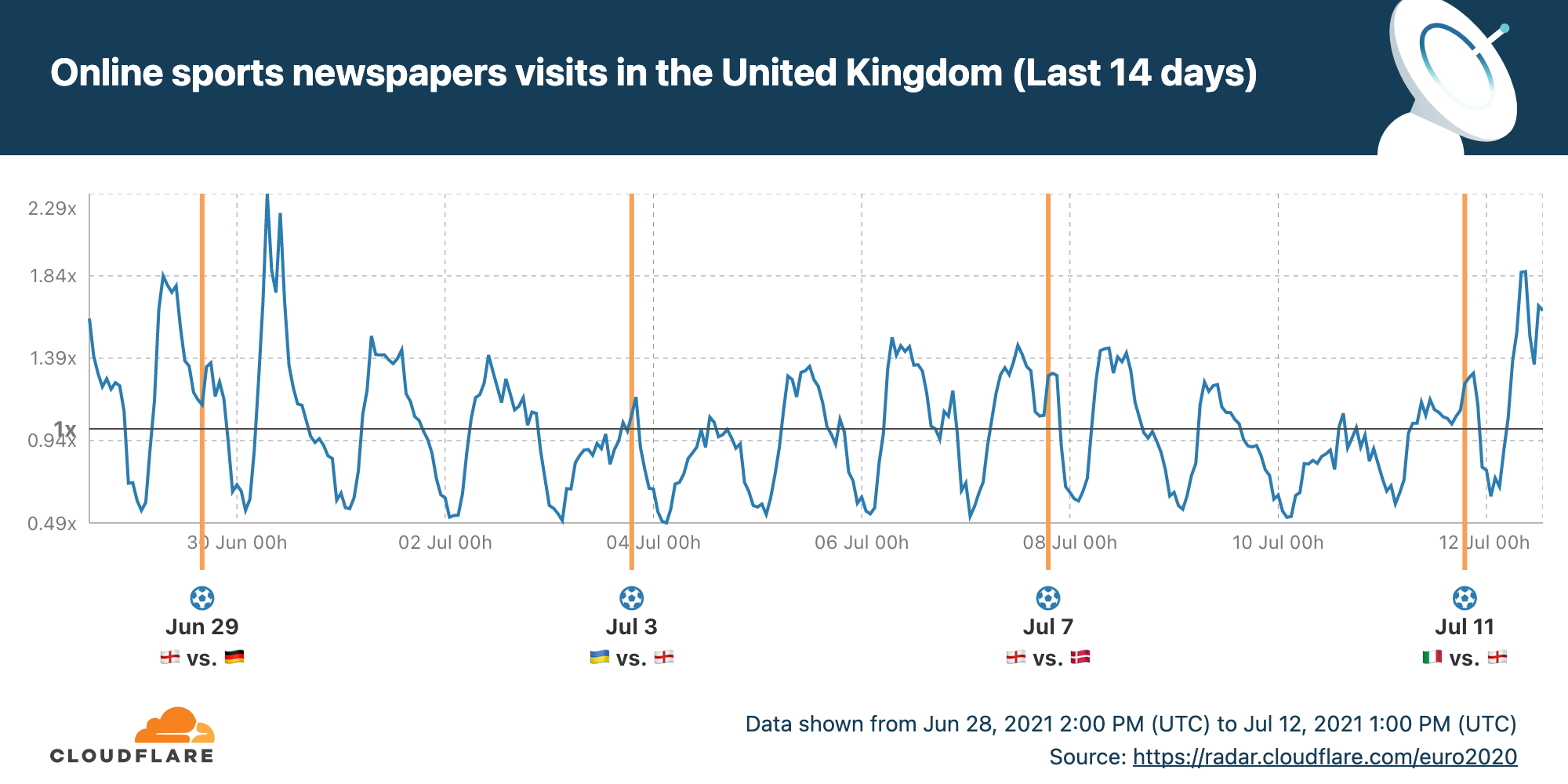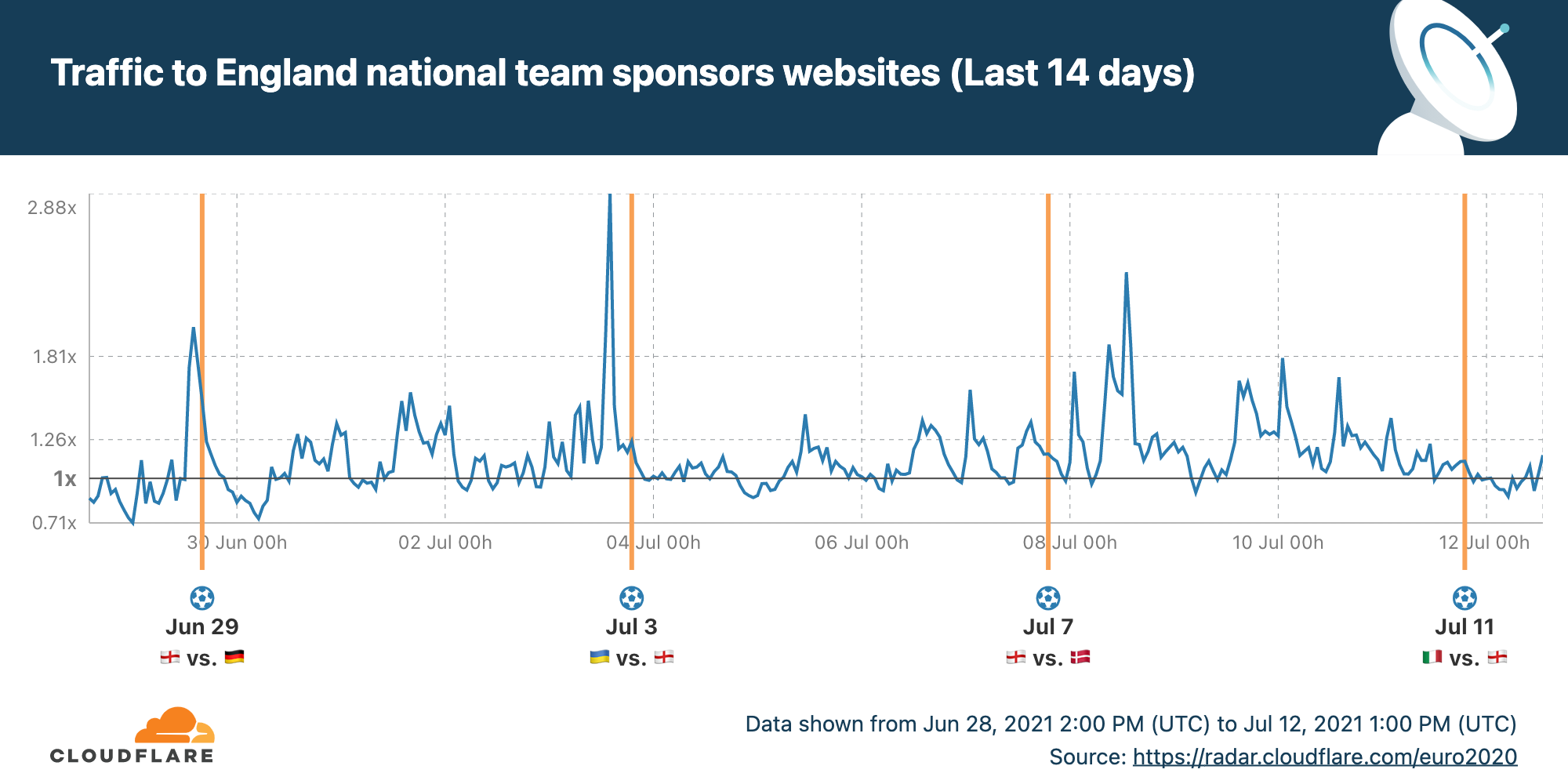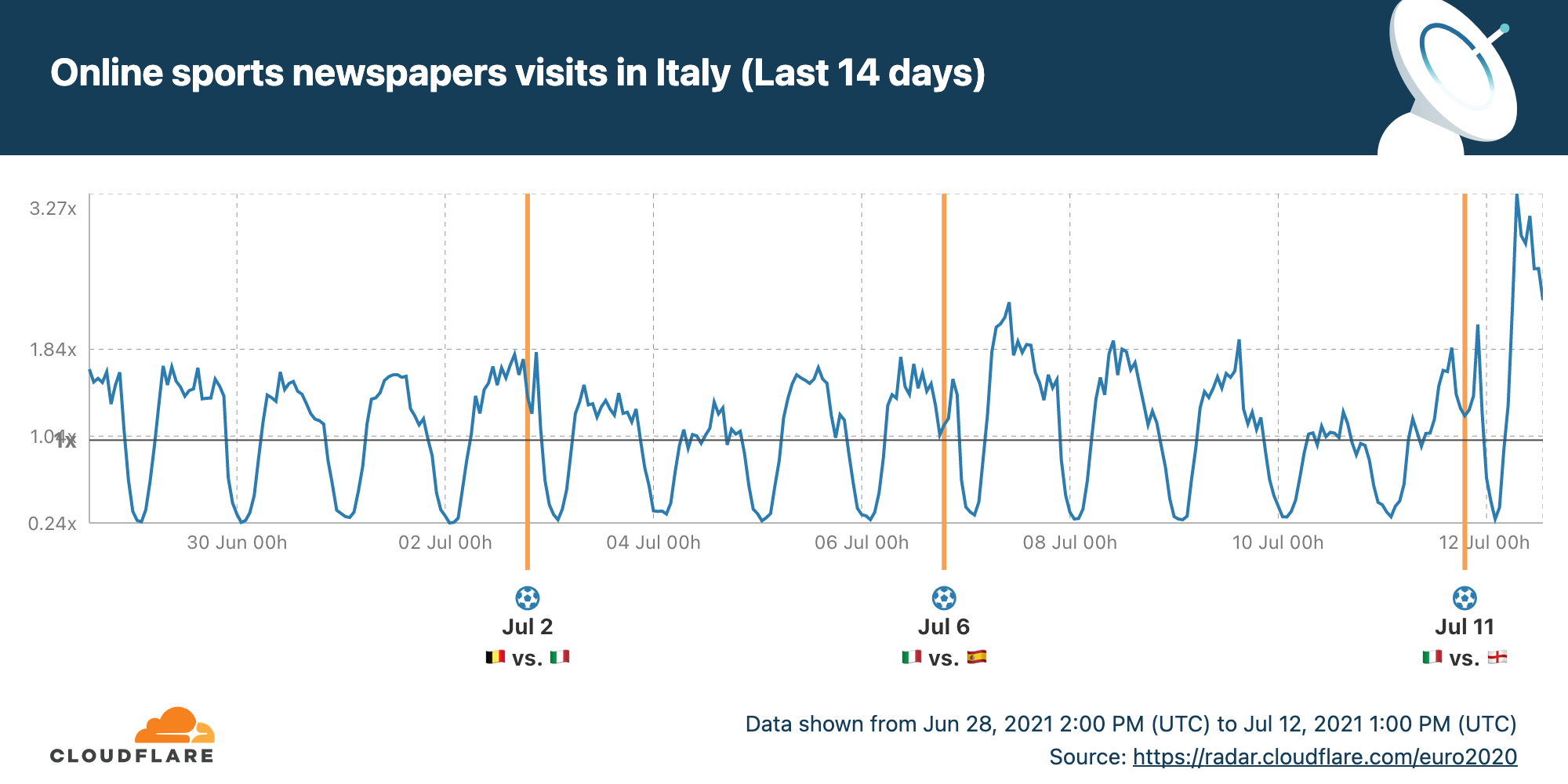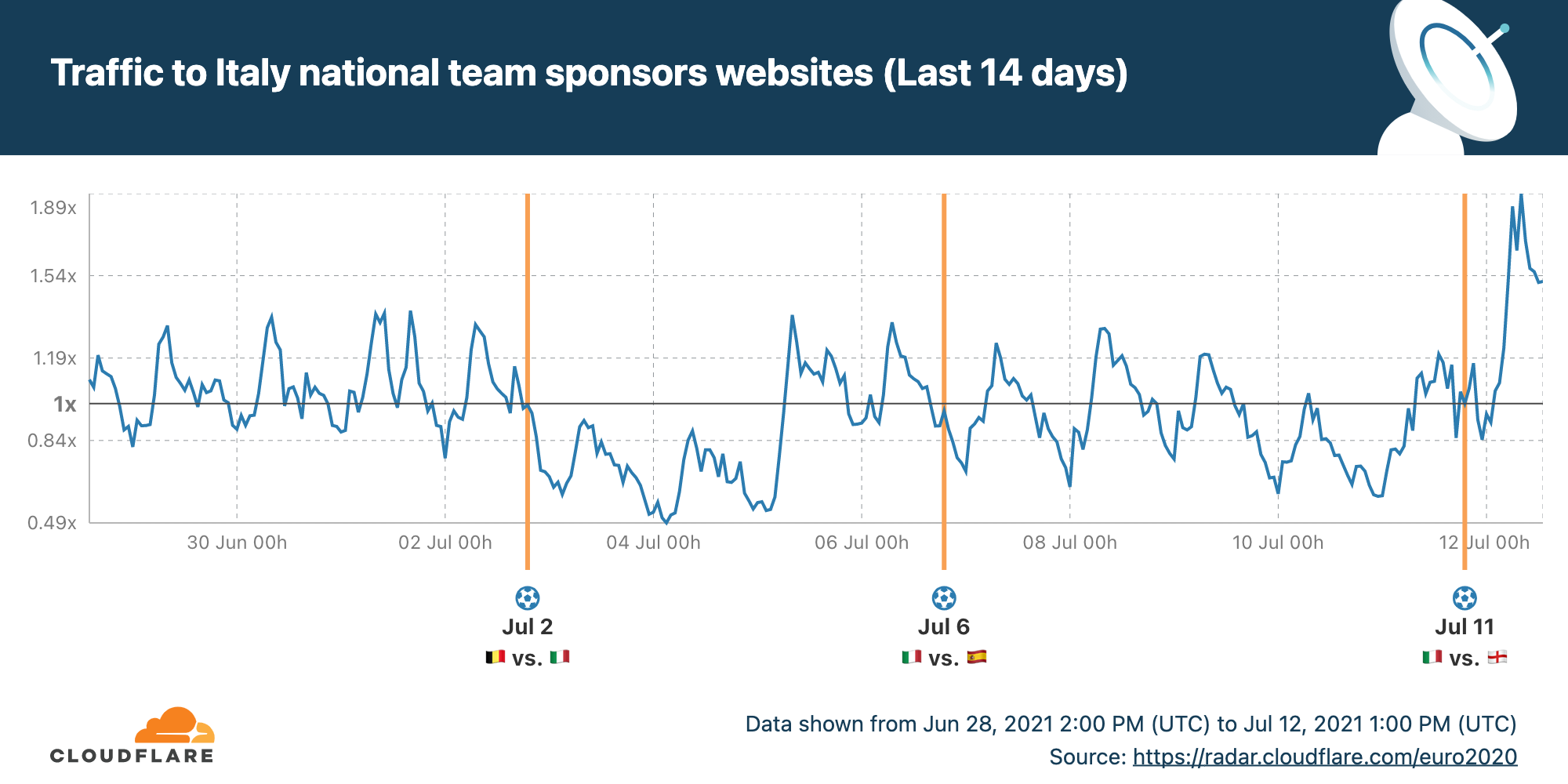Tech Bytes: An IT Punch List For Reopening The Office (Sponsored)
If IT thinks it can take the office network out of mothballs and expect everything to be fine when employees show up, think again. On today's Tech Bytes podcast, sponsored by Netskope, guest Hansang Bae shares a punch list of tasks IT should complete before end users get back to the office.
The post Tech Bytes: An IT Punch List For Reopening The Office (Sponsored) appeared first on Packet Pushers.
Tech Bytes: An IT Punch List For Reopening The Office (Sponsored)
If IT thinks it can take the office network out of mothballs and expect everything to be fine when employees show up, think again. On today's Tech Bytes podcast, sponsored by Netskope, guest Hansang Bae shares a punch list of tasks IT should complete before end users get back to the office.Demo: Cloud Networking with Overlapping CIDR, L7 Firewalls, Segmentation, and Flow visibility
I created a live demo showing some cool capabilities of the Aviatrix Cloud Networking Platform. In this demo I play the role of a SaaS provider that onboards new customers via VPN, and needs to meet the following requirements:
-
Easily onboard new customers even if their IP addressing overlaps with the SaaS provider.
-
Provide secure segmentation and isolation between customers.
-
Easily insert next gen firewalls between the customers and the SaaS for deep packet inspection and threat analysis.
-
Have complete flow level visibility of customer network traffic, and operation tools to diagnose and troubleshoot problems.
-
Provide end-to-end encryption to secure sensitive data in flight.
-
And be able to meet all of these requirements using any cloud provider.
In the demo I show how easy it is to meet requirements like this using Aviatrix. And best of all, no matter which cloud provider(s) you’re using, the solution and architecture is exactly the same. This SaaS provider can use the services and global footprint of any or all cloud providers, and do it with consistent repeatable architecture.
You can leave comments on this post here: where I posted this on LinkedIN.
Is there a particular scenario you want to see in a Continue reading
The UEFA EURO 2020 final as seen online by Cloudflare Radar


Last night’s Italy-England match was a nail-biter. 1-1 at full time, 1-1 at the end of extra time, and then an amazing penalty shootout with incredible goalkeeping by Pickford and Donnarumma.
Cloudflare has been publishing statistics about all the teams involved in EURO 2020 and traffic to betting websites, sports newspapers, streaming services and sponsors. Here’s a quick look at some specific highlights from England’s and Italy’s EURO 2020.
Two interesting peaks show up in UK visits to sports newspapers: the day after England-Germany and today after England’s defeat. Looks like fans are hungry for analysis and news beyond the goals. You can see all the data on the dedicated England EURO 2020 page on Cloudflare Radar.

But it was a quiet morning for the websites of the England team’s sponsors.

Turning to the winners, we can see that Italian readers are even more interested in knowing more about their team’s success.

And this enthusiasm spills over into visits to the Italian team’s sponsors.

You can follow along on the dedicated Cloudflare Radar page for Italy in EURO 2020.
Visit Cloudflare Radar for information on global Internet trends, trending domains, attacks and usage statistics.
Designing Networks: From Tricycles to Aircraft Carriers
I planned to take my summer break seriously and stop blogging until late August, but then I shouldn’t have looked at my Twitter feed (my bad), where the AI algorithms selected just the right morsel to trigger the maximum rantiness. I would strongly recommend you read the original tweet and all the responses first – it looks like it was a serious suggestion, not a trolling exercise.
Designing Networks: From Tricycles to Aircraft Carriers
I planned to take my summer break seriously and stop blogging until late August, but then I shouldn’t have looked at my Twitter feed (my bad), where the AI algorithms selected just the right morsel to trigger the maximum rantiness. I would strongly recommend you read the original tweet and all the responses first – it looks like it was a serious suggestion, not a trolling exercise (here’s a copy of the original idea in case the tweets get lost in the mists of time).
Network Break 341: Ransomware Clobbers Kaseya Customers; HPE Buys Zerto For Cloud Data Protection
This week Network Break examines the fallout of the Kaseya breach, HPE's acquisitions of Zerto and Ampool to extend the value of its Greenlake platform, and Fortinet's purchase of a secure software development tool. We also discuss FTC accusations against Broadcom and what a court ruling could mean for Netflix and other content providers in South Korea.
The post Network Break 341: Ransomware Clobbers Kaseya Customers; HPE Buys Zerto For Cloud Data Protection appeared first on Packet Pushers.
Network Break 341: Ransomware Clobbers Kaseya Customers; HPE Buys Zerto For Cloud Data Protection
This week Network Break examines the fallout of the Kaseya breach, HPE's acquisitions of Zerto and Ampool to extend the value of its Greenlake platform, and Fortinet's purchase of a secure software development tool. We also discuss FTC accusations against Broadcom and what a court ruling could mean for Netflix and other content providers in South Korea.The Week in Internet News: Trump Sues Social Media Giants

A big-league lawsuit: Former U.S. President Donald Trump has filed a lawsuit against Facebook, Twitter, and YouTube for being kicked off the social media outlets for violating their terms of service, the Washington Post reports. Most legal experts say the lawsuit has little chance of success; the U.S. First Amendment protects people like Trump against […]
The post The Week in Internet News: Trump Sues Social Media Giants appeared first on Internet Society.
Practicing DevSecOps: Source Code Security Analysis
Developers need to think not only about the security of the digital infrastructure in use but also about the security of the code.Password Managers Aren’t Good But I Use One
 Not the app but the integration
Not the app but the integration
Network Topology Visualization #3 – Exploring other D3 visualization options for a DataCenter
Foreword
First a disclaimer #1, in contrast to the previous articles, here I will NOT describe the collection of data that will be visualized because these datasets were manufactured manually for the sake of example. So this time I will just say what was the target behind a given visualization example and give you a link to a live demo of it. You can examine the code and source JSON files yourself using the usual browser developer tools and should be fairly easy to adopt.
Secondly a disclaimer #2, the examples here were developed as part of a part-time job with company called Langner GmbH. (visit Langner.com), as a form consultancy exploring options of enhancing their OT-BASE software with some javascript/D3 based visuals. This engagement ended in early 2020 (so more than a year ago now) and they were kind enough to give me permission to publish some examples here. With data properly anonymized.
So let’s get to the examples. There is a total of 4 examples and I will NOT explain them one by one in detail here much (e.g their code). However it should be fairly easy for you to just Continue reading
Let’s talk MPLS-VPLS, part 1 – use cases
Hey guys, today we’ll be taking a look at what are the main reasons that MPLS – and in particular VPLS – is a useful technology tool to get traffic from point A to point Z. There’s really 2 major use cases that I deal with regularly: IPv4 conservation and L2VPN.
Why am I talking about VPLS specifically? Well, mostly because many times I end up working with Mikrotik routers, which only support VPLS. What is VPLS? It stands for Virtual Private Line Service, and it’s a way to deliver layer 2 services over a layer 3 network. Said another way, it connects a single broadcast domain to multiple endpoints across a routed network. I’ll discuss why MPLS is better for you and your network than switching/bridging in part 2 of this series – for now just know that MPLS/VPLS will allow you to offer enhanced services without the risks of extending layer 2 (I’ll talk more about that below, and why that’s bad in part 2, also).
Use case 1: IPv4 Conservation
OK, so let’s visualize the problem with IP conservation on a small /24 allocation.

If you’re like most other service providers, you have a Continue reading
How Working ‘The Internet Way’ Helped the Middle East and North Africa Score Social and Economic Benefits

In the Middle East and North Africa (MENA), some countries have responded to the challenges of the global pandemic by enacting policy changes, like temporarily lifting VoIP bans so citizens can communicate more easily. It’s giving the region a glimpse of the instant social and economic benefits of a thriving Internet. But are there other […]
The post How Working ‘The Internet Way’ Helped the Middle East and North Africa Score Social and Economic Benefits appeared first on Internet Society.
VARs See You As Technical Debt

I’ve worked for a Value Added Reseller (VAR) in the past and it was a good run of my career before I started working at Tech Field Day. The market was already changing eight years ago when I got out of the game. With the advent of the pandemic that’s especially true today. Quite a few of my friends say they’re feeling the pressure from their VAR employer to stretch beyond what they’re accustomed to doing or outright being treated in such a way as to be forced out or leaving on their own. They tell me they can’t quite understand why that’s happening. After some thought on the matter I think I know. Because you represent debt they need to retire.
Skill Up
We don’t start our careers knowing everything we need to know to make it. The industry spends a lot of time talking about careers and skill paths and getting your legs under you. Networking people need to learn Cisco or Juniper or whatever configuration language makes the most sense for them. Wireless people need to learn how to do site surveys and configure access points. Server people need to learn operating systems and hypervisors. We start Continue reading